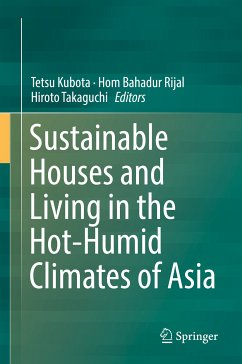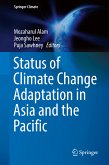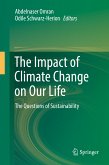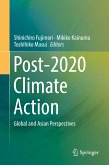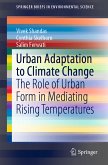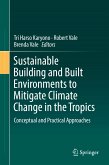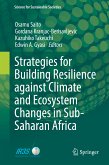This book provides information on the latest research findings that are useful in the context of designing sustainable houses and living in rapidly growing Asian cities. The book is composed of seven parts, comprising a total of 50 chapters written by 53 authors from various countries, mainly in the Asian region. Part I introduces vernacular houses in different Asian countries such as Indonesia, Malaysia, India, Nepal, China, Thailand and Laos. Parts II and III then explore in depth indoor adaptive thermal comfort and occupants' adaptive behavior, focusing especially on those in hot-humid climates. Part IV presents detailed survey results on household energy consumption in various tropical Asian cities, while Part V analyses the indoor thermal conditions in both traditional houses and modern houses in these countries. Several real-world sustainable housing practices in Asian cities are reviewed in the following part. The final part then discusses the vulnerability of expanding Asian cities to climate change and urban heat island.
Today, approximately 35-40% of global energy is consumed in Asia, and this percentage is expected to rise further. Energy consumption has increased, particularly in the residential sector, in line with the rapid rise of the middle class. The majority of growing Asian cities are located in hot and humid climate regions, and as such there is an urgent need for designers to provide healthy and comfortable indoor environments that do not consume non-renewable energy or resources excessively. This book is essential reading for anyone with an interest in sustainable house design in the growing cities of Asia.
Dieser Download kann aus rechtlichen Gründen nur mit Rechnungsadresse in A, B, BG, CY, CZ, D, DK, EW, E, FIN, F, GR, HR, H, IRL, I, LT, L, LR, M, NL, PL, P, R, S, SLO, SK ausgeliefert werden.
Hinweis: Dieser Artikel kann nur an eine deutsche Lieferadresse ausgeliefert werden.

